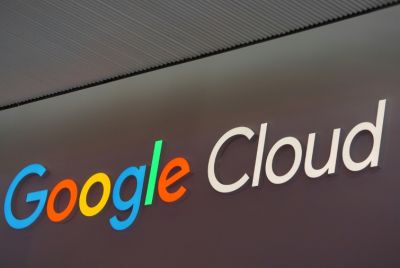Melbourne Suburb Housing Outrage: Is Rapid Development Leading To Cost-Of-Living Crisis?

An aerial photo of Mickleham, a sprawling housing estate on the outskirts of Melbourne, has shocked Australians and sparked criticism from experts regarding the rapid development.
Captured last month by a traveler flying over the suburb, the image showed rows of identical townhouses with matching black roofs stacked tightly together.
Located just under an hour's drive north of Melbourne's CBD, Mickleham has seen rapid population growth as young families, priced out of inner-city housing, move to more affordable areas. However, the development has raised concerns among locals and experts alike.
The person who took the photo described it as a "depressing welcome" upon approaching Melbourne, a sentiment echoed by many other Australians, reported News.com.
One local complained about the discomfort of the heat, noting that it was 21°C outside and 26°C inside their house. Another resident pointed out the critical issue of the area's lack of infrastructure.
Mickleham is home to little more than a single shopping center, which includes a Coles supermarket, bottle shop, bakery, and chemist, and a newly opened high school.
"There's nowhere for young people to hang out," one resident said. "No street life or community, just the reduction of humanity to a monotonous existence, like a chicken farm, all under the heavy thumb of American-style corporate domination."
"You forgot 'one road in and out to the major highway that is gridlocked for 50 percent of every day,'" another local added, highlighting the suburb's isolation, with no public transport links to Melbourne's city center.
Experts have criticized the development as "absurd," warning of the cost-of-living crisis and the challenges posed by worsening heatwaves each summer.
Professor Sebastian Pfautsch, an urban planning and management expert at Western Sydney University, slammed the design, claiming builders were repeating the same mistakes that have plagued Australian developments for decades.
New housing estates in the hottest areas of Sydney and Melbourne were increasingly characterized by dark roofs, black roads, and minimal tree cover. Dark surfaces absorb heat rather than reflect it, raising concerns about energy consumption, he stated.
According to Pfautsch, homes with dark roofs require significantly more energy to stay cool in summer. For example, in New South Wales, the average household spent AU$1827 on electricity last year, while homes with lighter-colored roofs can save up to $694 in cooling costs. In other words, a dark roof in Sydney can increase your electricity bill by 38%, Pfautsch wrote in The Conversation.
He described the situation as "absurd," adding that many of the homes in Mickleham likely have artificial plastic yards.
"Badly insulated, single-glazed, black roofed, entirely unshaded homes will rely entirely on air conditioning at any outdoor temperature above 28 to 30C," he noted. "They become very expensive to operate in summer. In the cost-of-living crisis today, people already make decisions between food on the table or running the air conditioning. Imagine what these families will endure in 20 to 30 years."
Urban planner Sam Austin shared similar concerns, questioning why developers continue to build housing that was ill-suited for the extreme temperature fluctuations in regional Australian cities. He cited a recent study by the NSW Productivity Commission, which revealed that the cost of building the necessary infrastructure to support a sprawling suburb like Mickleham was double that of an equivalent inner-city area.
Some argued that Mickleham, dubbed as Australia's fastest growing suburb in 2021, needed time for trees to grow and for the town's resources to be developed.
The suburb had just over 3,000 residents in 2016, with the latest census in 2021 showing a population of 17,452. This number was projected to grow to 61,000 by 2046.
© Copyright 2025 IBTimes AU. All rights reserved.





















